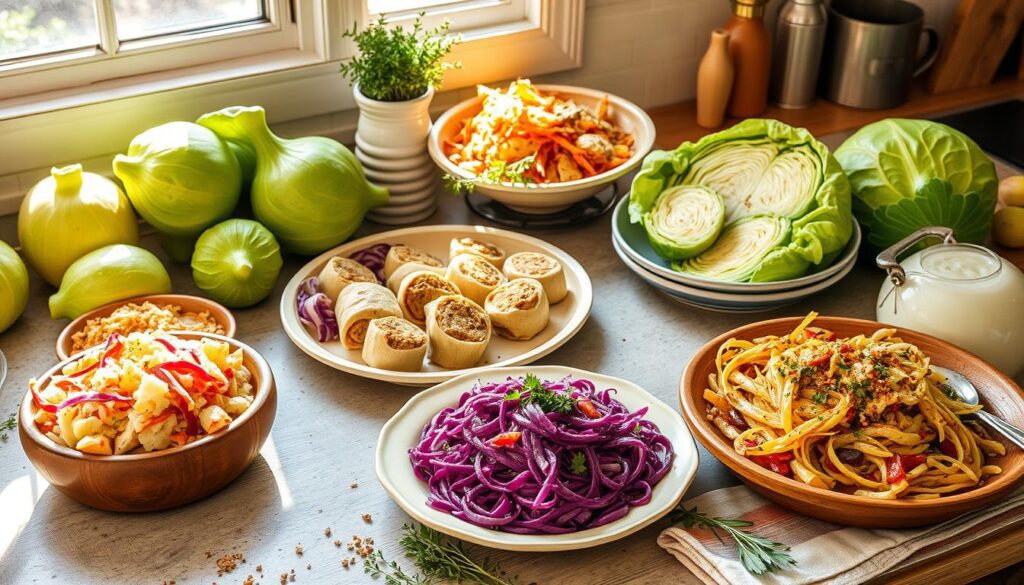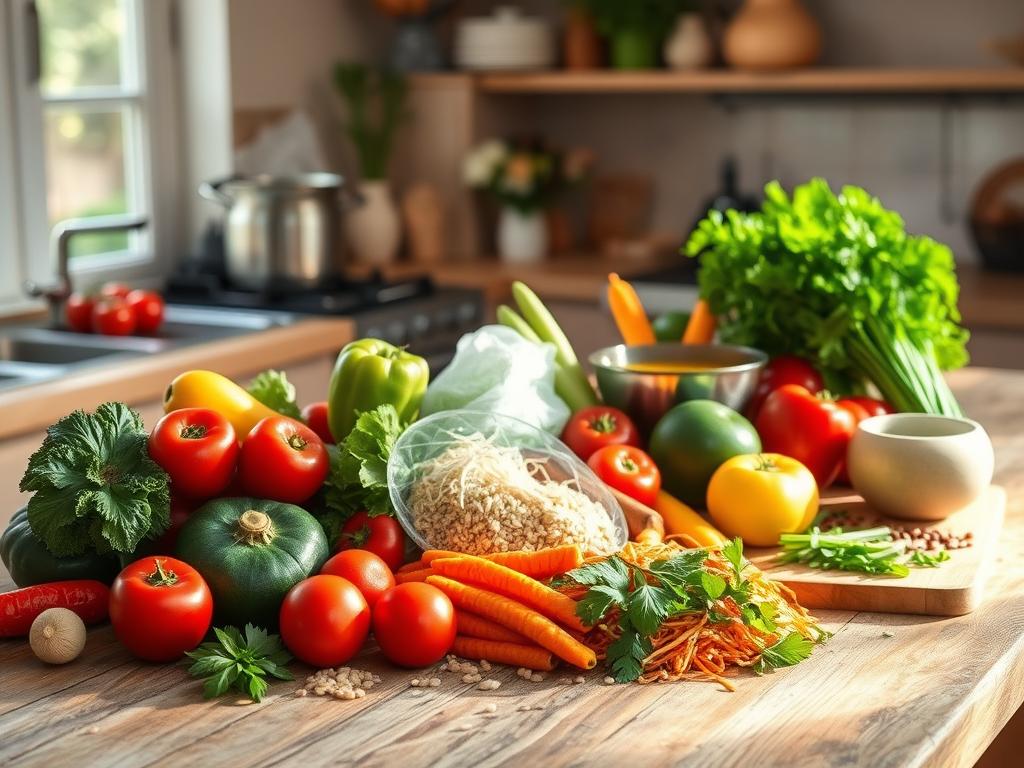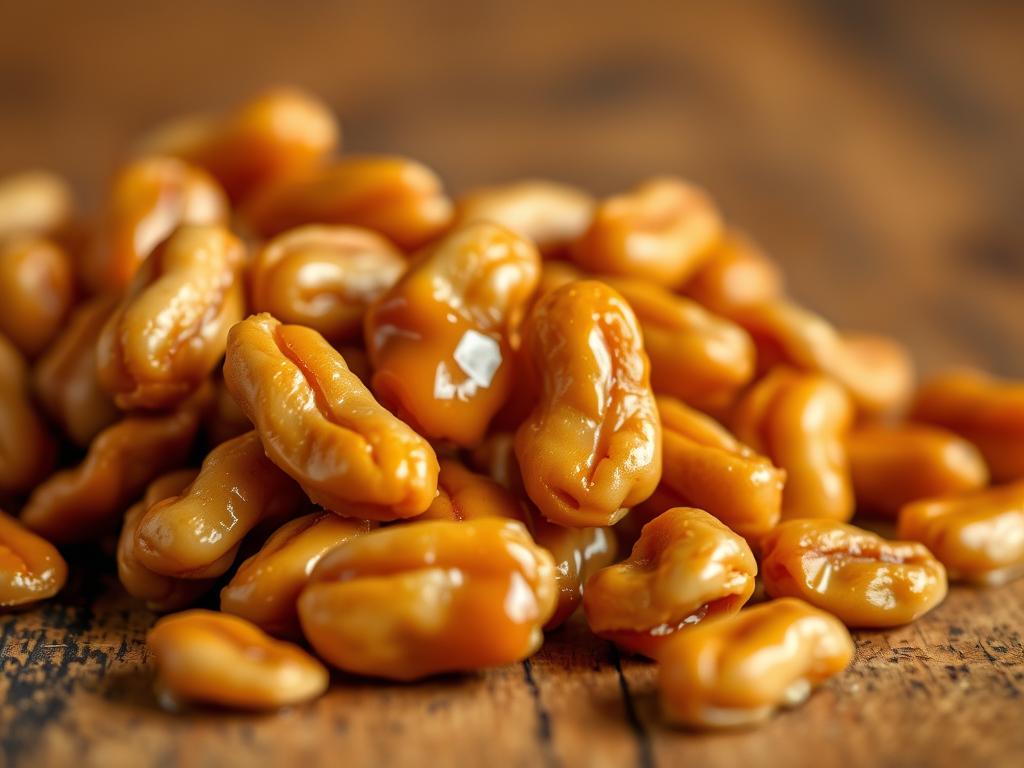There’s something incredibly magical about pulling a cake from the oven, its aroma wafting through the air, promising joy in every slice. Baking isn’t just a task; it’s an expression of love, creativity, and a testament to the mastery of technique intertwined with passion. Regardless of experience level, there’s a world of tips for perfect cakes every time waiting to be explored.
Each ingredient holds a purpose, each technique plays a crucial role, and every bake is another opportunity to refine your skills. With expert baking advice, we will guide you through the essentials—from choosing quality ingredients that evoke feeling to mastering the precise measurements that transform a mere mixture into a delightful cake. Welcome to your baking journey, where every cake you create can become a treasured experience.
Key Takeaways
- The importance of using room temperature ingredients for achieving a lighter, fluffier texture.
- Maintain a perfect balance between dry and wet ingredients to prevent dense cakes.
- Cream butter and sugar adequately for the best rise and fluffy feel.
- Preheating the oven and measuring ingredients accurately are crucial for perfect baking.
- Practice your cake decoration techniques to create stunning and impressive designs.
- Explore expert baking advice and techniques to elevate your baking mastery.
Understanding Cake Ingredients
When baking a cake, understanding the individual roles of each ingredient becomes vital for achieving that perfect outcome. Knowing what each component contributes enables bakers to make informed choices when preparing their cakes. By focusing on essential baking ingredients, one can optimize their results and elevate the overall quality of their creations.
Essential Baking Ingredients
The backbone of any cake recipe consists of several essential baking ingredients. Flour provides structure, while sugar not only sweetens but also aids in moisture retention and texture. Eggs are integral; they add moisture and stability, impacting rise and crumb. Additionally, fats like butter create air pockets that contribute to the cake’s fluffiness. Keeping the butter at room temperature allows it to cream effectively with other ingredients. Leavening agents, such as baking powder and baking soda, introduce the necessary lift. Understanding their unique functions can improve your cake perfection tips, leading to much better baking outcomes.
The Role of Freshness
Fresh ingredients can significantly influence the quality of your cake. Items like eggs and baking powder should always be fresh to avoid undesirable results. Rancid butter or stale flour alters the taste and texture, compromising your cake. Always check expiration dates and store ingredients properly to ensure your cake maintains its intended flavor and consistency.
Substitutions to Consider
Sometimes, you may find yourself out of a particular ingredient. Knowing easy substitutions for baking can save your recipe. For instance, applesauce can replace oil for moisture. Alternatively, using yogurt helps achieve a lighter texture without sacrificing flavor. Understanding these substitutions allows you to adapt your recipes based on the ingredients you have available while maintaining the integrity of your cake.

Mastering Measuring Techniques
In the world of baking, especially when pursuing cake baking mastery, the significance of accurate measuring techniques cannot be overstated. Proper measurement serves as the backbone of successful baking. Incorrect quantities can transform a potential masterpiece into a kitchen disaster. Therefore, understanding the right tools and methods is critical.
Accurate Measuring Tools
Using high-quality measuring tools enhances precision in your baking efforts. A digital kitchen scale is essential for weighing ingredients accurately. Utilizing cups and spoons may yield inconsistent results, leading to common measuring mistakes. Invest in a reliable set of measuring cups for dry ingredients and liquid measuring cups with clear markings. This distinction will help prevent mishaps during the baking process.
Liquid vs. Dry Ingredients
Measuring liquid and dry ingredients requires different techniques. For liquid ingredients, use a liquid measuring cup and fill it to the desired level while ensuring you check from eye level for accuracy. For dry ingredients, spoon the ingredient into the measuring cup and level it with a straight edge using a spatula. Avoid scooping directly from the container, which packs the ingredient and results in excess amounts, a common measuring mistake that can ruin the texture of your cake.
Common Measuring Mistakes
Awareness of common measuring mistakes is vital in achieving that perfect cake. Improperly measured flour can lead to overly dry cakes. Always sift dry ingredients like flour and baking powder to eliminate lumps, adding air and ensuring even distribution. Remember to add eggs one at a time to create a well-blended batter. These small details contribute significantly to your overall baking success. By focusing on accurate measuring techniques, you pave the way for delightful results that will impress anyone lucky enough to taste your creations.
The Importance of Mixing Methods
Understanding the various mixing methods is crucial in mastering cake baking techniques. Each approach offers distinct benefits that can significantly influence the texture and lightness of your cakes. Two essential mixing methods stand out: creaming and folding.
Creaming vs. Folding
The creaming method involves beating softened butter with sugar until the mixture is light and fluffy. This process incorporates air into the batter, which is vital for achieving that desirable texture in cakes. In contrast, folding is a gentler technique where ingredients are combined carefully, preserving the air that has been trapped in lighter mixtures. This is particularly important when working with whipped cream or egg whites, ensuring that the final cake remains airy and soft.
The Science Behind Mixing
Different mixing methods serve different purposes in achieving optimum results. The science behind these techniques lies in how they affect gluten development and the overall composition of the batter. For instance, overmixing can lead to dense, heavy cakes due to excessive gluten formation. Understanding the right balance in your mixing methods is crucial for avoiding overmixing and achieving cakes with the perfect rise and texture.
Avoiding Overmixing
To avoid the pitfalls of overmixing, consider utilizing a variety of mixing tools that suit each method. Electric mixers can be ideal for creaming, whereas a rubber spatula works wonders for folding. It is important to mix until just combined, particularly when adding flour to prevent developing too much gluten. Always remember to use quality ingredients, as they play a significant role in elevating the final product.
For more creative ways in the kitchen, you can find additional recipes, like homemade crackers that leverage various mixing methods.

| Mixing Method | Description | Ideal Uses |
|---|---|---|
| Creaming | Combining softened butter and sugar until fluffy | Cakes, cookies, and frostings for light textures |
| Folding | Gently incorporating ingredients to keep air trapped | Mousse, soufflé, and delicate batter |
| Stirring | Blending ingredients with a spoon or spatula | Bread batters and cookie doughs |
| Whipping | Incorporating air to create volume | Meringue, whipped cream, and buttercream icing |
Baking and Cooling Your Cake
Successfully baking a cake involves several factors, including maintaining the proper oven temperature and effective cooling methods. Understanding these elements can significantly improve your baking techniques and lead to a delicious final product.
Proper Oven Temperature
For most cakes, the recommended baking temperature is around 350°F (175°C). Preheating the oven before placing your cake inside ensures that the heat is evenly distributed, allowing for consistent baking. This step is crucial for achieving the ideal texture and flavor of your cake.
Timing Your Bake Perfectly
Knowing when to check your cake for doneness plays a vital role in successful baking. An effective method is the toothpick test, where you insert a toothpick into the center of the cake; it should come out clean or with a few crumbs attached. Allowing the cake to rest in the pan for about 10 minutes before transferring it to a wire rack helps maintain its structure and prevents it from becoming soggy.
Cooling Techniques for Best Results
Utilizing effective cake cooling methods is essential for preserving the cake’s texture. Transferring the cake onto a wire rack enables proper air circulation around it, thus promoting even cooling. Additionally, applying a thin layer of frosting known as a crumb coat can seal in loose crumbs, preparing your cake for a more polished final icing layer. This step not only enhances appearance but also adds to the overall taste.

By understanding the importance of proper oven temperature and implementing effective cooling techniques, your cakes will consistently achieve the desired results. Baking from scratch allows you to explore various flavors and styles without the hefty price tag of custom cakes. For more delicious ideas, check out this guide to mouthwatering baked BBQ chicken.
Decorating Your Cake Like a Pro
Transforming a delicious cake into a stunning centerpiece is an art that combines cake decoration tips with your personal flair. Mastering basic frosting techniques is essential; these include methods for applying buttercream, whipped cream, and ganache. A crucial first step is to apply a crumb coat, a thin layer of icing that locks in loose crumbs and prepares the surface for a final layer of frosting, ensuring a smooth and polished appearance.
Basic Frosting Techniques
When it comes to frosting, it’s wise to prepare extra icing—aim for 50% more than your recipe calls for to prevent running out mid-decoration. For instance, you’ll need about 5 cups of icing for a 2-layer cake and 6-7 cups for a 3-layer creation. If you’re working with more intricate designs, practicing decorative piping on a paper plate first can enhance your skills and boost your confidence.
Creative Decoration Ideas
Cake decorating can be as simple or as elaborate as you desire. From adding fresh fruit or edible flowers for a touch of elegance to venturing into naked cakes with minimal frosting for a rustic aesthetic, the possibilities are endless. These creative decoration ideas will help elevate your cake beyond the ordinary.
Tools for Cake Decoration
Equipping yourself with the right cake decorating tools can make a world of difference. Essential items include an offset spatula, a turntable for even icing distribution, and a piping bag to create precise designs. With these tools, along with your newfound techniques, you’re well on your way to achieving cake decorating success that impresses everyone!











